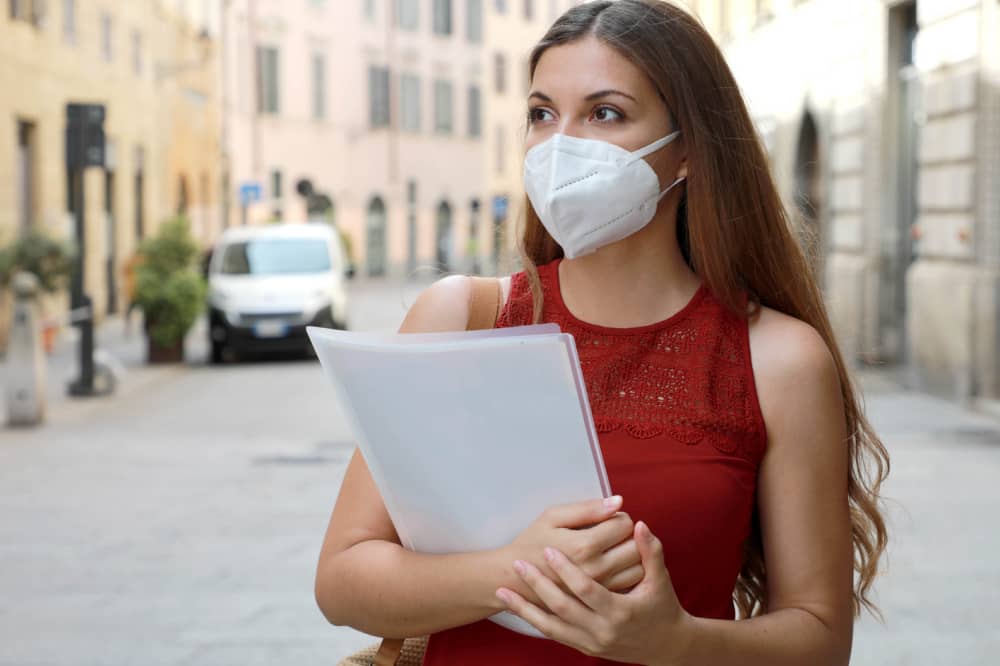
Guide to achieving herd immunity
Herd immunity has been discussed immensely in the last two to three years because of the surge in viral infection cases. Herd immunity occurs when most people become immune to a disease or virus. Consequently, the transmission of the infection dramatically declines. Moreover, when a sufficient percentage of the community is vaccinated, it extends protection not only to the immunized but also to vulnerable individuals, such as young or sick people, who cannot get vaccinated.
Having herd immunity in the community serves as a barrier against infection transmission. Hence, it becomes challenging for it to spread across the population. However, in an unfortunate situation where someone does catch the infection, the probability of a widespread outbreak is minimized because the majority of the population is immune.
How is it achieved?
Broadly, herd immunity can be achieved in two ways:
- Vaccination
It is the most effective method to develop herd immunity, as it interrupts the infection chain and offers direct protection proportional to the number of vaccinated individuals. It guards the vulnerable groups in the community, such as pregnant women, immunocompromised people, and newborns. But the degree of vaccine-based community immunity varies across locations, depending on factors like vaccine efficacy and coverage.Furthermore, vaccine-acquired herd immunity has its share of limitations. As time progresses, the vaccine loses its efficacy, necessitating booster shots to continue guarding the community. Moreover, incomplete vaccination courses leave individuals prone to infection. When vaccination rates are low, outbreaks of vaccine-preventable diseases may occur because of insufficient herd immunity. In addition, every community has vaccine skeptics, which also lowers the percentage of vaccinated individuals, resulting in rapid disease spread when the number drops below the herd immunity threshold.
-
Prior infections
Herd immunity can be achieved from prior infections if a significant portion of the population has recovered and developed antibodies against them. We have examples of the 1918 influenza to validate this claim. Those who recovered were immune to the H1N1 influenza A virus. But merely depending on the infection for herd immunity has its share of risks, especially if the antibodies acquired do not offer long-term protection. We have examples of the recent viral outbreak to justify this claim, as the prior infection shielded against the infection only for a short duration (usually six months).
Thresholds and the herd immunity
Understanding the threshold concept in herd immunity is imperative. It depends on the infectious characteristics of the diseases.
These are discussed below with some examples:
Pertussis, or whooping cough, can be devastating for infants, resulting in a high death rate. Hence, the threshold (the minimum percentage of immune individuals required in a community to prevent an outbreak) is influenced by different factors, such as the infection’s transmissibility and severity.
Experts rely on the reproduction number (R0) to set this threshold. RO refers to the average number of people an infected individual can transmit the disease to in an unprotected population.
In measles, the RO was high (between 12 and 18). Hence, the community requires a higher herd immunity threshold because of its highly contagious and airborne nature. On the contrary, diseases like polio have a lower RO (between 5 and 7). Thus, it is acceptable to have a lower threshold because they are less contagious.
It is often challenging to determine the immunity threshold given different factors, such as vaccine effectiveness, the duration of immunity from infection and vaccination, and identifying critical population segments involved in disease transmission. These determine the threshold for different conditions, and RO is a significant factor.




